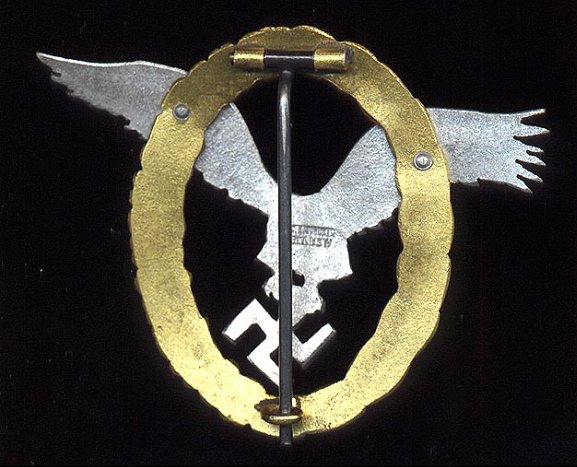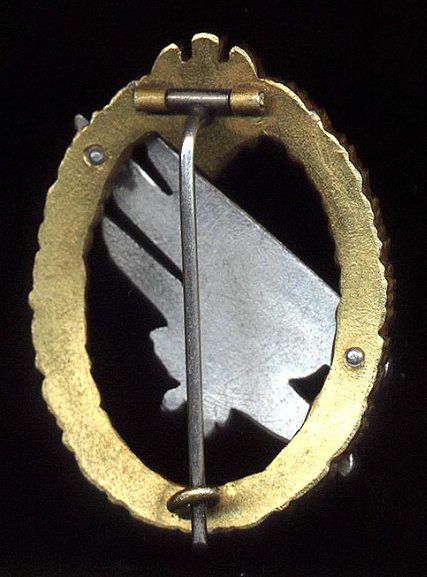Nothing is taken wrong Prosper and appreciate your information but your the researcher not I. As far as dental materials and molding I worked with these materials for seven years and do not believe it feasible to produce these badges enmasse as many people believe, it would be extremely labor intensive.
And please give me more credit there was no need to research the demise of the LDO.
I still stand by what I first stated that I would need to have badges in hand before I would ever buy one. Of course armed with information you and Eric and any other source is the only way to make a decision. I'm a collector and student I'll leave the research to people more experienced in that field.
I have changed my mind though about Chris's badge and now believe it to be questionable, besides someone had to jump start this topic it wasn't going very far until I posted
Warren
And please give me more credit there was no need to research the demise of the LDO.
I still stand by what I first stated that I would need to have badges in hand before I would ever buy one. Of course armed with information you and Eric and any other source is the only way to make a decision. I'm a collector and student I'll leave the research to people more experienced in that field.
I have changed my mind though about Chris's badge and now believe it to be questionable, besides someone had to jump start this topic it wasn't going very far until I posted

Warren







Comment